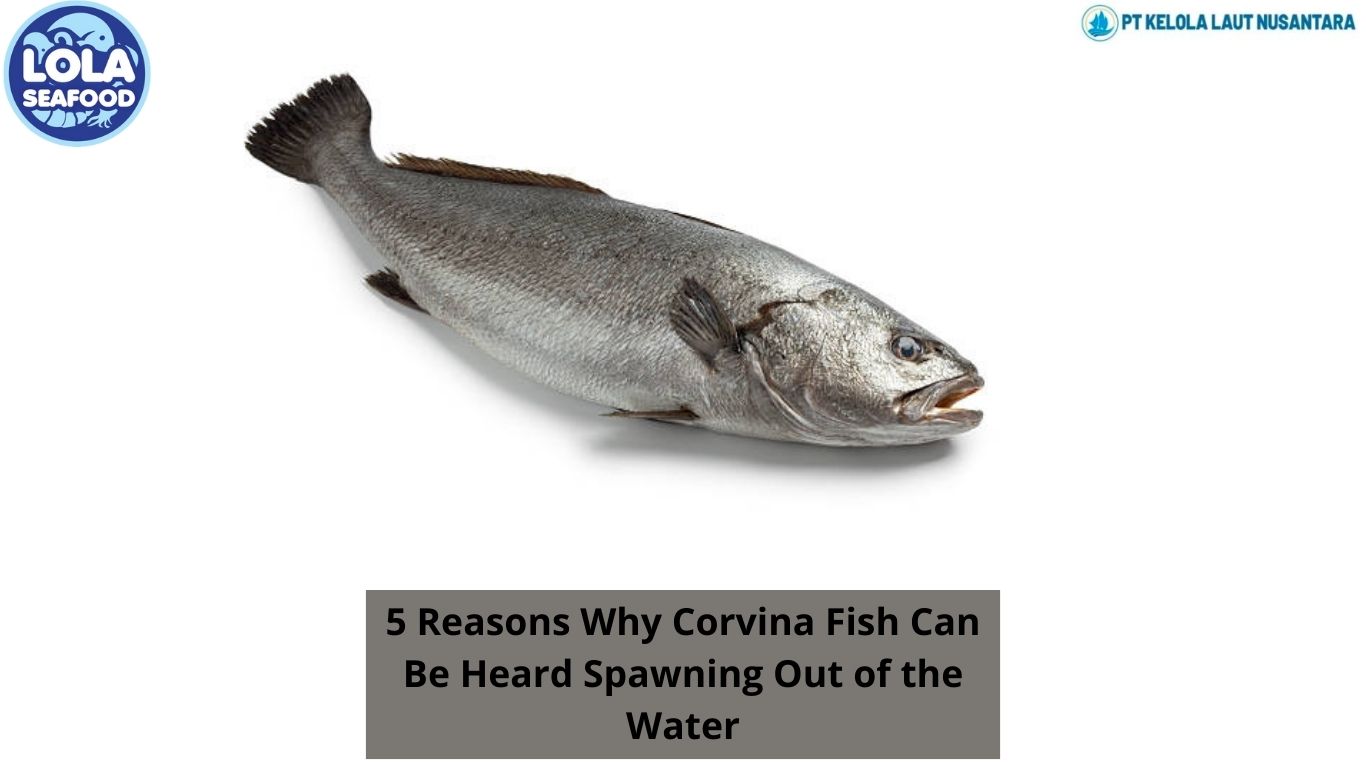This Is Why Water Is So Important For The Fish Processing Industry
By. Sofie Thoriq - 13 Dec 2024.jpg)
kelolalaut.com Water quality standards are essential for the fish processing industry to ensure food safety, maintain product quality, and comply with regulatory requirements. Poor water quality can lead to contamination, spoilage, and health risks, making adherence to stringent water quality criteria a top priority. Below are the key water quality standards for fish processing industries:
-
Microbiological Standards
Water used in fish processing must meet strict microbiological standards to prevent contamination. The presence of pathogenic microorganisms such as Escherichia coli, Salmonella, Vibrio cholerae, and coliform bacteria should be entirely absent. Total microbial counts should remain within safe limits, as specified by regulatory authorities. Regular microbiological testing is necessary to ensure compliance with these standards. -
Chemical Quality
The chemical properties of the water should comply with food-grade standards. This includes:-
pH Levels: Water should have a neutral pH, typically between 6.5 and 8.5.
-
Heavy Metals: The presence of heavy metals such as lead (Pb), mercury (Hg), and cadmium (Cd) must be below permissible limits to avoid toxicity.
-
Chlorine Levels: If chlorine is used for disinfection, its residual concentration should not exceed safe levels (typically 0.2–0.5 mg/L) to prevent flavor alterations or safety issues.
-
Nitrate and Nitrite: These should be within acceptable limits to avoid harmful effects on health and product quality.
-
-
Physical Properties
The physical characteristics of water are equally important. Water should be:-
Clear and Free of Sediments: Turbidity must be minimal to ensure cleanliness and prevent product contamination.
-
Odorless and Tasteless: Any unpleasant odors or tastes can affect the quality and sensory attributes of the fish.
-
Temperature-Appropriate: The water temperature should be suitable for the specific processing step, such as cold water for rinsing fish or warm water for equipment sterilization.
-
-
Source and Treatment
Water for fish processing should come from a reliable, clean source and undergo adequate treatment to ensure safety. Treatment processes may include:-
Filtration: To remove physical impurities.
-
Disinfection: Using chlorine, UV light, or ozone to eliminate microorganisms.
-
Reverse Osmosis: To remove dissolved salts and contaminants.
-
-
Regulatory Compliance
The fish processing industry must adhere to local and international water quality standards. Examples include:-
World Health Organization (WHO) guidelines for drinking water.
-
Codex Alimentarius food safety standards.
-
National regulations, such as those from environmental or food safety agencies.
-
-
Monitoring and Management
Continuous monitoring of water quality is critical. Regular testing for microbial, chemical, and physical parameters ensures ongoing compliance and prevents contamination risks.
Ensuring high-quality water in fish processing is essential for maintaining product safety and consumer confidence. Regular monitoring, testing, and proper water management practices can significantly reduce the risk of contamination and enhance the quality of the final product.
If you are interested in our Catfish Fillet Skinless, Corvina Fillet Skin Patch, Mahi-Mahi Fillet Skinless please do not hesitate to contact us through email and/or whatsapp.








